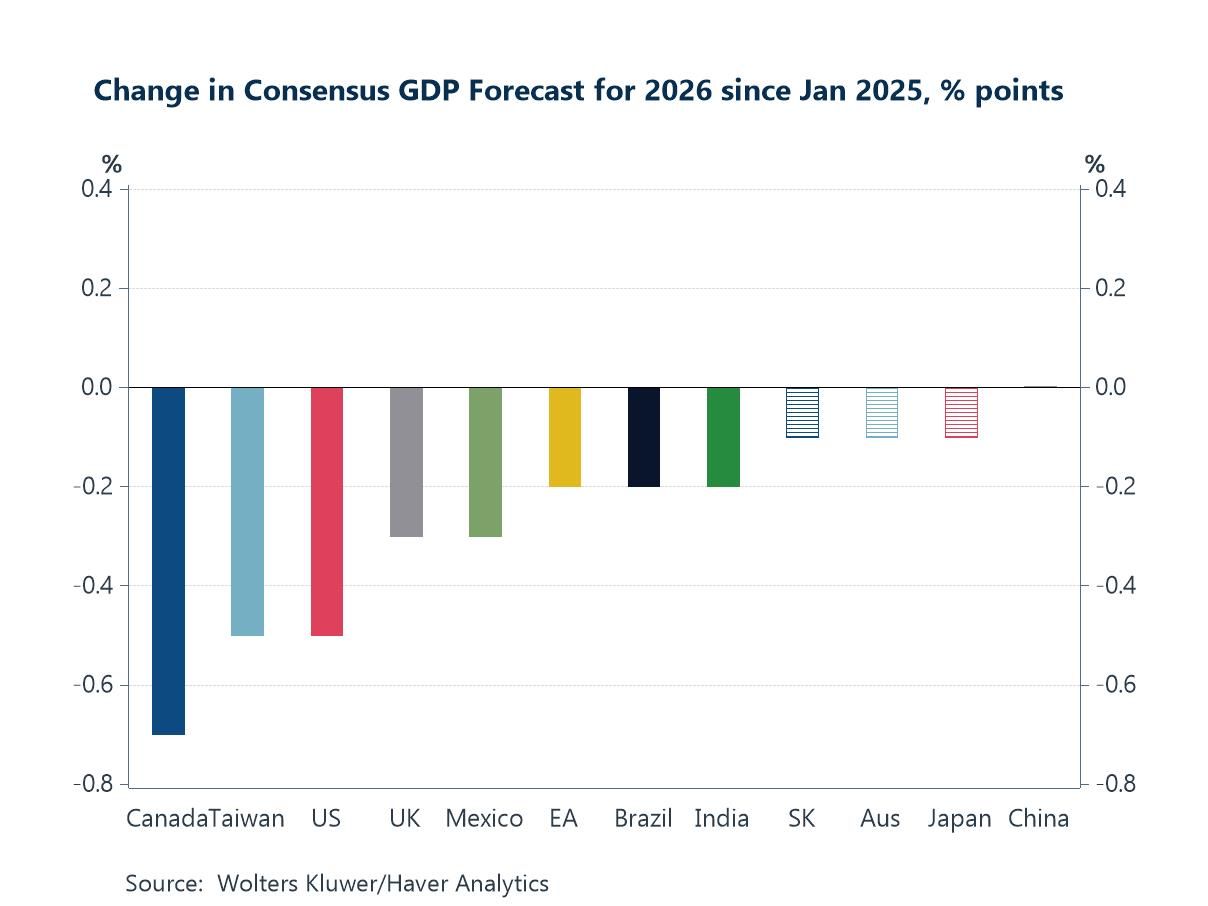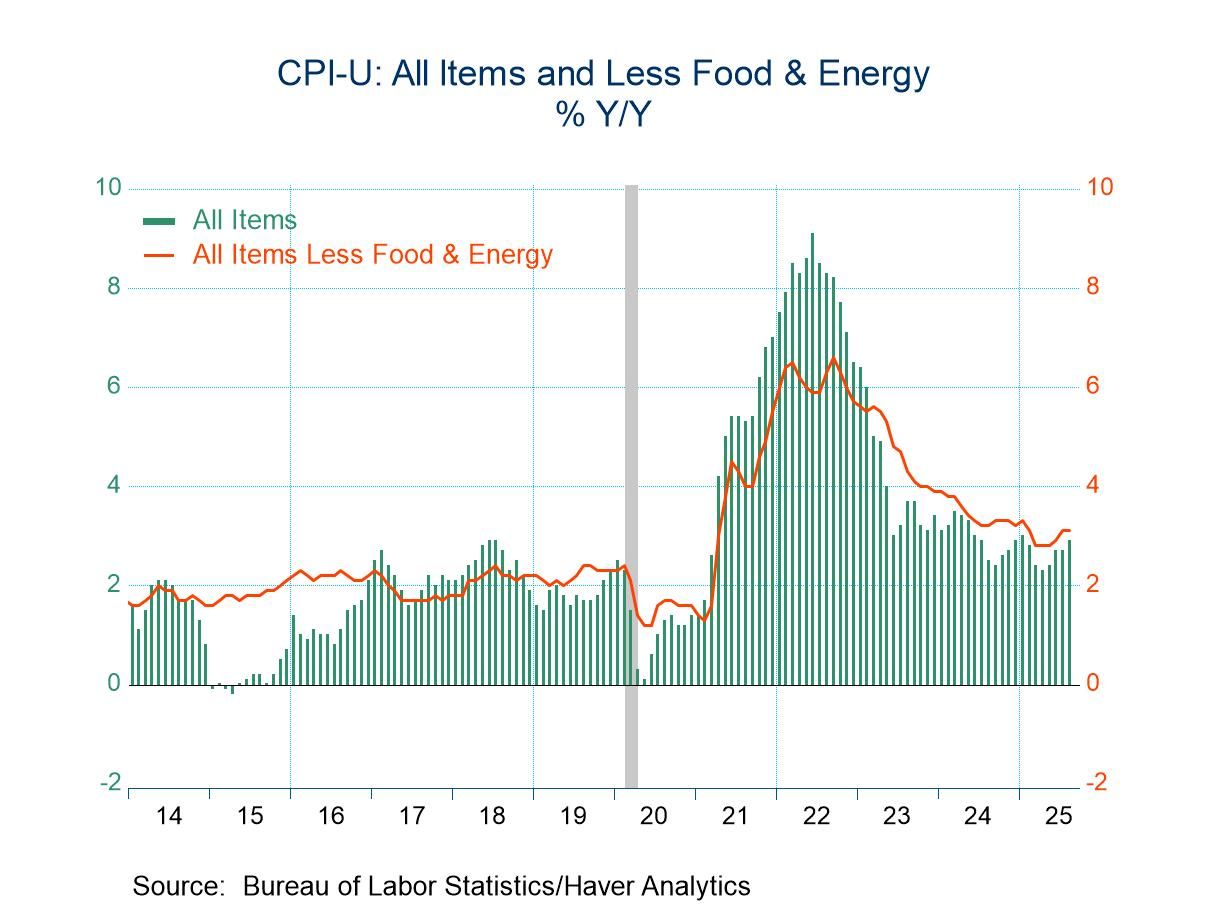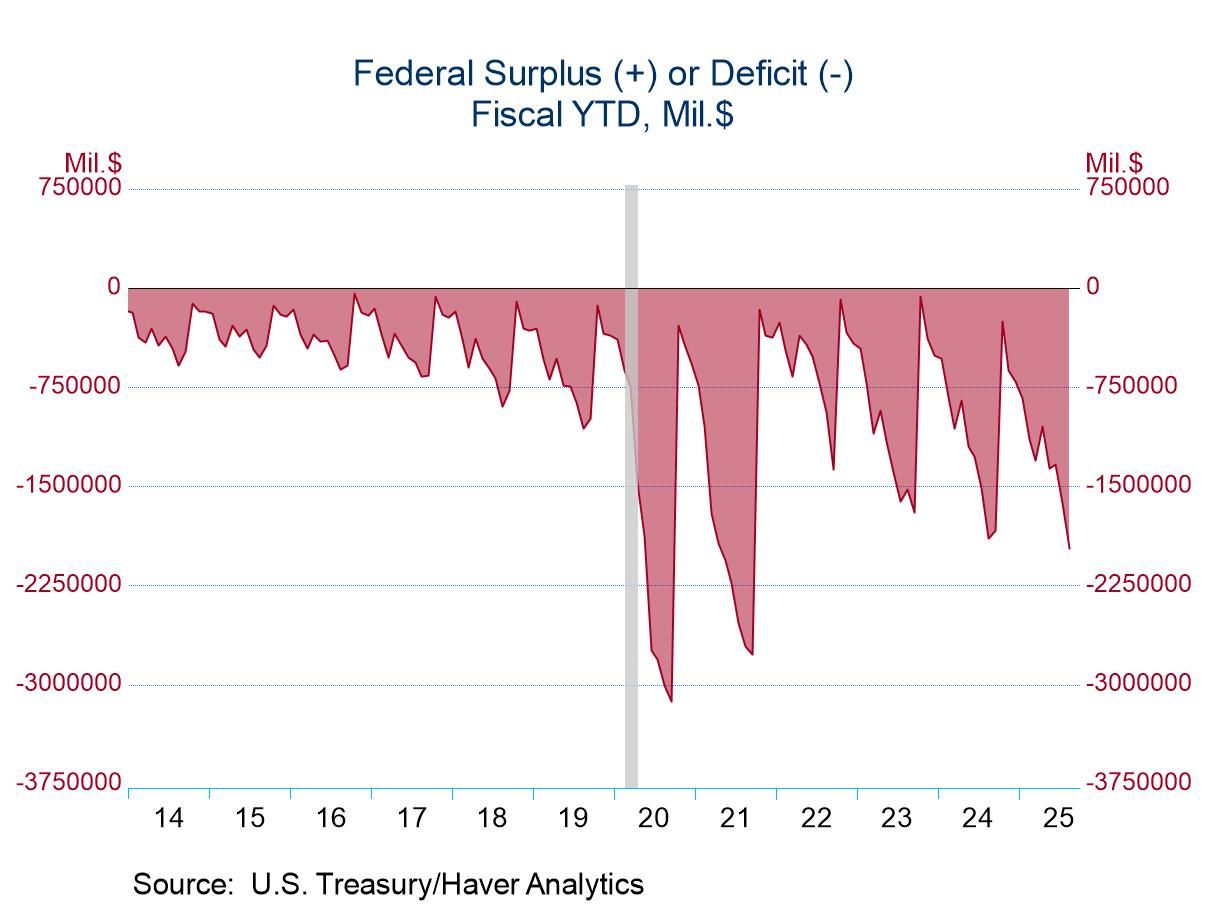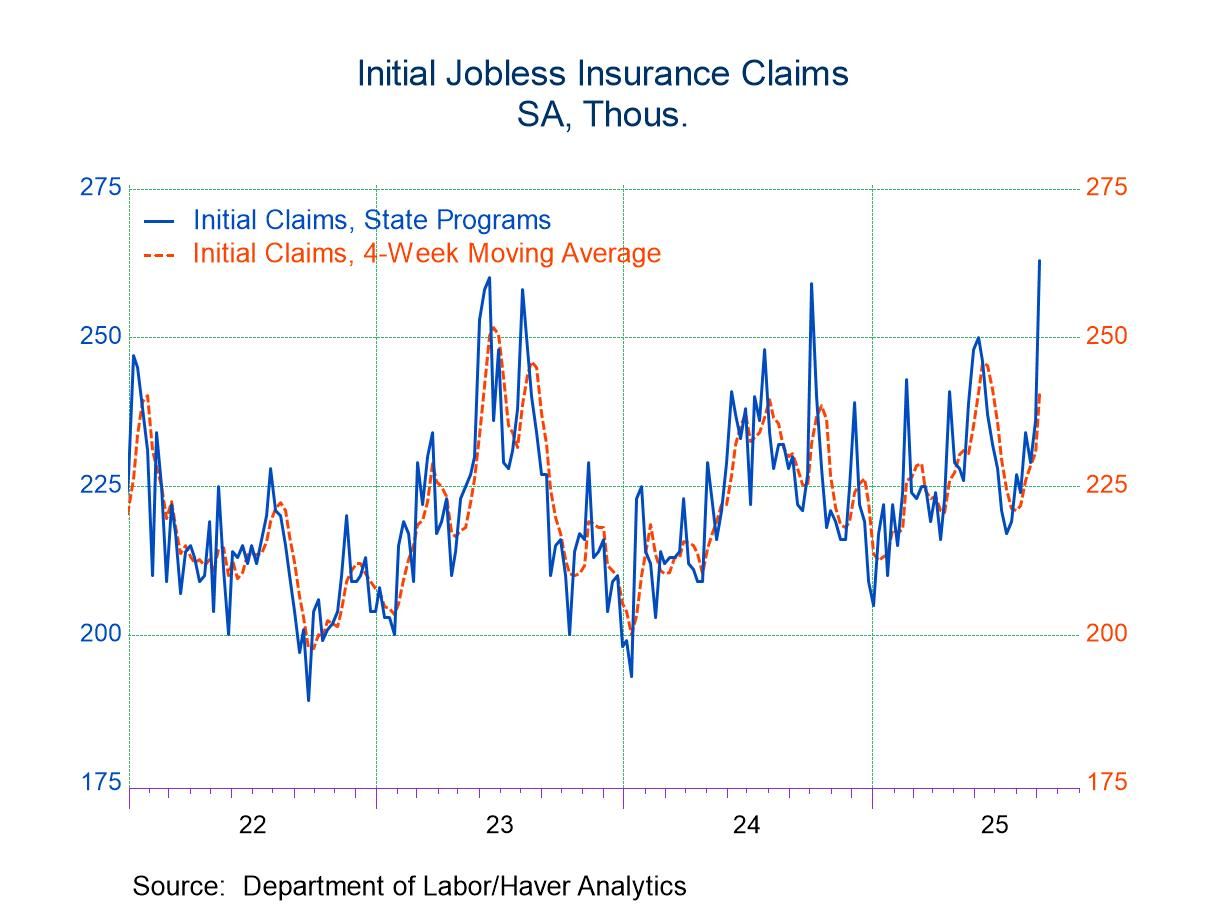Unemployment Realities Strike in EMU

There is still a great deal of growth pessimism about prospects in Europe. The August unemployment data, however, make it unquestionably clear that the labor market continues to perform quite well. The unemployment rate in August for the European Monetary Union (EMU) stood at 6.4%, same as its level in July. The unemployment rate continues to sit at its historic low.
Still more unemployment progress that regress Scanning the unemployment rates for 12 of the longest standing European Monetary Union members as of August, unemployment rates month-to-month fell in six of them, while unemployment rates rose in only three of them. Labor market progress is still more widespread than labor market backtracking in the European Monetary Union. Unemployment rates in August fell in Finland, Italy, Spain, Ireland, Greece, and Portugal. Unemployment rates rose in August in Austria, Luxembourg, and the Netherlands. EMU-wide the number unemployed continues to fall.
We can also rank unemployment rates in their historic queue of data back to 1994. On this basis among the 12 monetary union members in the table, only two of them are above their historic medians. The medians in terms of ranked data occur at the 50th percentile mark. Luxembourg has an unemployment rate that ranks in its 85.5 percentile; Austria has an unemployment rate that ranks in its 60.5 percentile. All the rest of the country-level unemployment rates rank below their 50th percentile, with the highest ranking among the remaining countries being Finland where the unemployment rate stands at its 39th percentile, still well below its historic median. Germany, that has been in the news for unemployment slippage and economic weakening, has a 19.5% ranking in its unemployment rate – that is in the bottom 20-percentile of its historic queue of ranked data. The bottom line for the European Monetary Union is that the labor market is still quite solid and although there are concerns about weakness and perhaps concerns that the European Central Bank needs to cut interest rates more rapidly, the ECB is paying attention to inflation being over the top of its 2% target and at the same time it is looking at unemployment in the EMU that is tied for its all-time record low rate since the monetary union was formed.
Hint: Reality is GOOD!

Beyond EMU The table also presents data for the United States, the United Kingdom, and Japan, with rankings on the same timeline. The U.S. unemployment rate is in its lower 22nd percentile; in Japan, the unemployment rate is in its lower 19th percentile; whereas in the U.K. the unemployment rate based upon the claimant count is high, in its 77.8 percentile. For the most part, unemployment in Europe, the U.S., and Japan is still extremely low and yet we have central banks concerned that they need to cut interest rates to preserve growth and economic stability (except in Japan). It seems to be a strange choice since inflation in all of these countries is running over the top of its target.
The central bankers of the new Millennium are definitely a breed apart from those that many of us cut our teeth on as we got to know central banks in the post-war period when inflation became a problem and central bankers suffered from having been too-lax, and had to transition to being much more aggressive in fighting inflation. However, since that time we have had the Great Recession, we've had the downturn that was created by reacting to the COVID pandemic and in those periods, inflation had been for the most part disciplined. The recent increase in inflation is in the aftermath of COVID and its impact on economies, behaviors, and supply chains – and more. The rise of inflation is recent and it's something that has not affected the psychology of central bankers who as a group apparently still think inflation is going to go back down to 2% if left on its own. This ‘gravity view’ of inflation definitely was not part of central banker thinking in the post-war period before the Great Recession struck. Now that's a point of view that seems to be more widespread. Still, there is still painfully little evidence that it's going to prove to be true and instead all we have are central bankers acting as though it's going to be true by refusing to act stridently to put inflation back inside of their targets. This lack of action is justified by bankers expressing ongoing concerns about growth and unemployment that appear to be not well represented in current data.
Robert Brusca
AuthorMore in Author Profile »Robert A. Brusca is Chief Economist of Fact and Opinion Economics, a consulting firm he founded in Manhattan. He has been an economist on Wall Street for over 25 years. He has visited central banking and large institutional clients in over 30 countries in his career as an economist. Mr. Brusca was a Divisional Research Chief at the Federal Reserve Bank of NY (Chief of the International Financial markets Division), a Fed Watcher at Irving Trust and Chief Economist at Nikko Securities International. He is widely quoted and appears in various media. Mr. Brusca holds an MA and Ph.D. in economics from Michigan State University and a BA in Economics from the University of Michigan. His research pursues his strong interests in non aligned policy economics as well as international economics. FAO Economics’ research targets investors to assist them in making better investment decisions in stocks, bonds and in a variety of international assets. The company does not manage money and has no conflicts in giving economic advice.




 Global
Global

